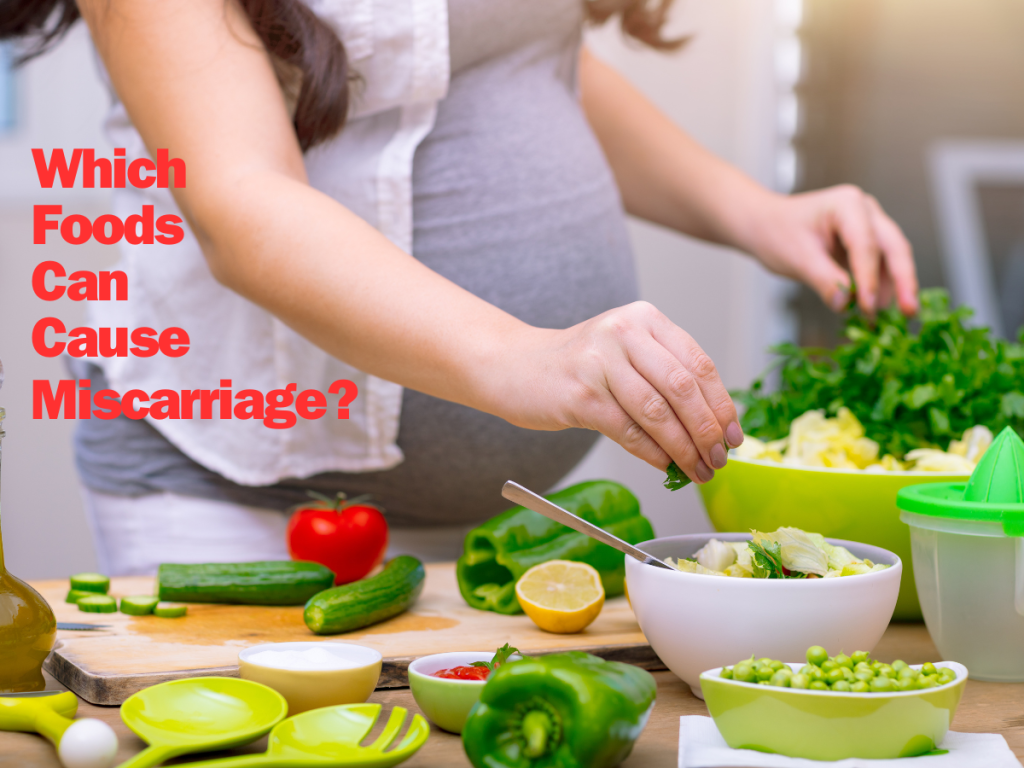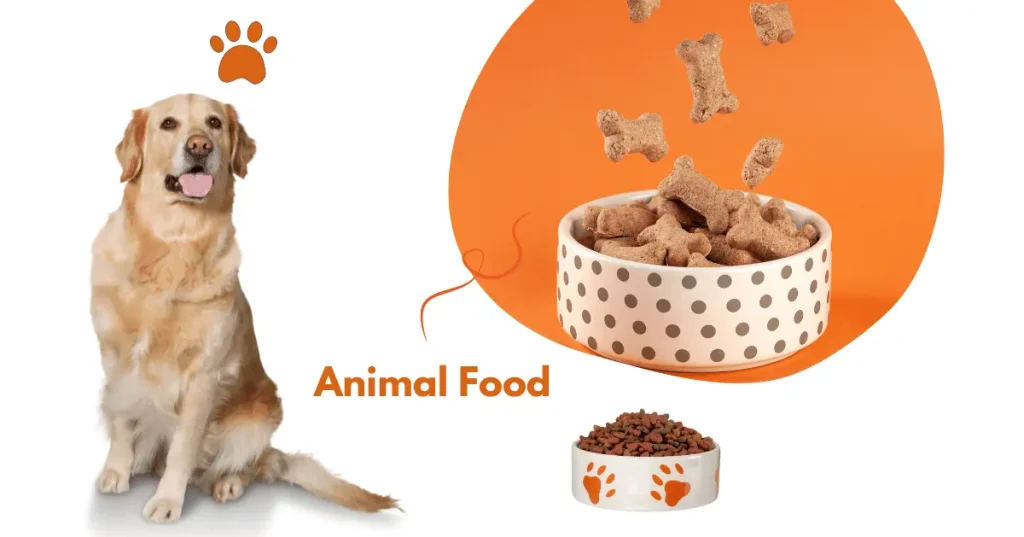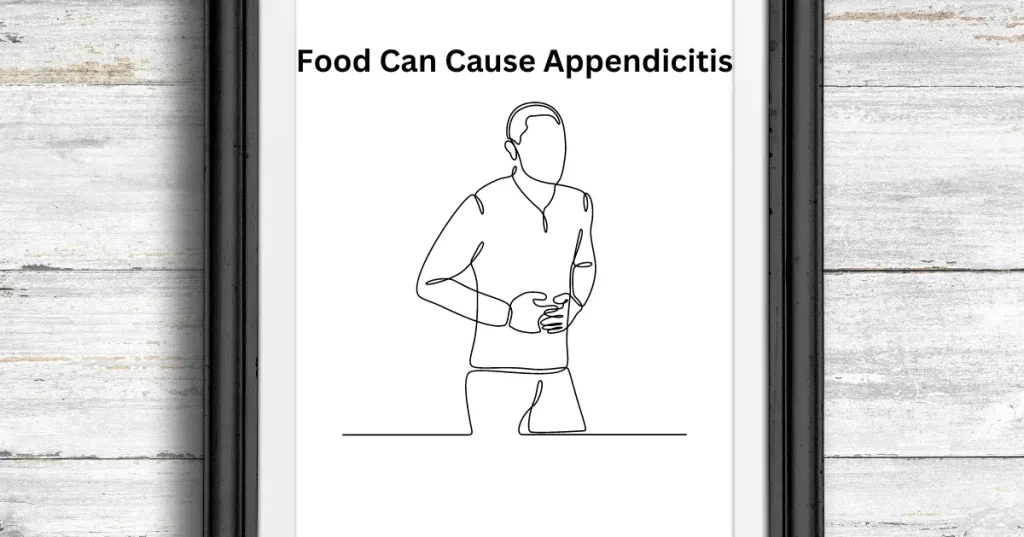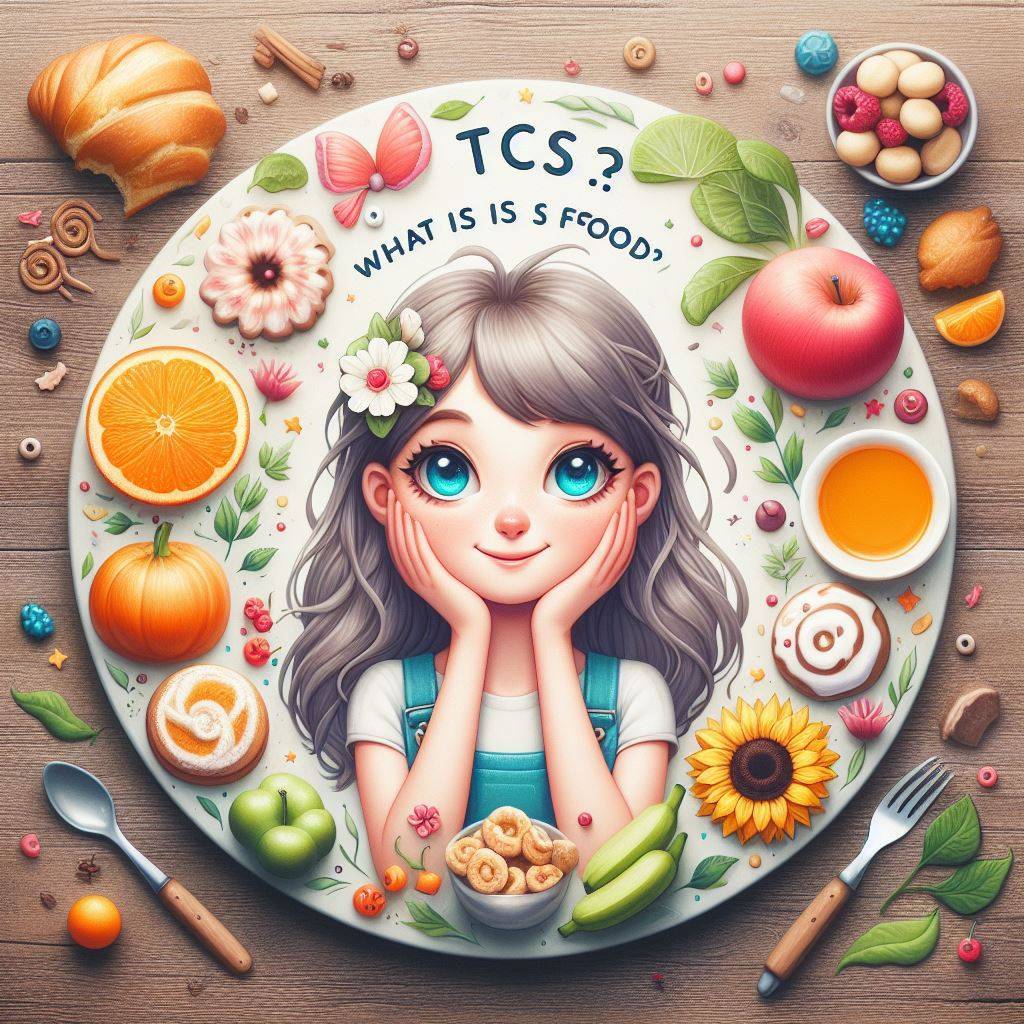Which Foods Can Cause Miscarriage?
Introduction: Sometimes expectant parents go through miscarriage, which is the loss of a pregnancy before the twenty weeks. This experience is crushing. The culprits of miscarriage run a wide gamut of causes from genetic illness to hormonal imbalance, but the meal plan usually suffers the blame regardless of that. But it is a complicated issue, the correlation is misapprehended. A fact, it can’t be overemphasized that nutrition is indeed vital for the health of a pregnant mother. Therefore, it is a well-known fact that a diet inclusive of all the crucial nutrients is very important not only for the mother but also for the proper fetal development. However, they have to cope with the deluge of advice because of which pregnancy foods with hazards might get perplexed. Knowing which foods can cause miscarriage is crucial to avoid miscarriage. The Myth of “Dangerous” Foods for Pregnancy: From the beginning of the time, they all have been blamed as potential causes of miscarriages with because of the impact of unscientific or cultural info. Conversely most fears have no backing either and can lead to unwarranted cossets and anxiety amongst pregnant mothers. From hot and spicy dish, tenderloin, and pineapple, there is a long list of rumors that has come out about food that will maybe trigger a miscarriage. It is the prime principle to separate the real from fake, so the pregnancy period can be conducted based on the evidence them. Foods to Avoid During Pregnancy: 1. High-Mercury Fish: Usually, the animals that eat those fish, like the swordfish and shark and marlin, contain high amounts of mercury, which is toxic during pregnancy. Mercury may disturb cognitive development and has an increased frequency of miscarriage in pregnant women. Use our AI to write for you about any topic! Pregnant women are told to be very moderate in the consumption of this fish, rather they should go for lower-mercury fish like salmon and trout. 2. Animal Liver: Although it is considered nutritious, animal liver is not good for pregnant women. Eating it every day during pregnancy can cause a buildup of retinol, which can harm your unborn baby. However, there is no harm in taking it once or twice. Animal liver, which is an important food source, can be toxic and dangerous, especially from infected animals. It is also rich in vitamin A, and excessive consumption can cause problems such as spina bifida, urinary tract abnormalities and hydrocephalus. 3. Chicken Legs: Chicken is a favorite of many and is even rich in potassium, vitamin C, iron, calcium and vitamins. However, chicken legs are considered one of the foods that cause miscarriage because they contain alpha-sitosterol. The response of alpha-sitosterol can be understood in the same way as the response caused by estrogen (the female hormone). Both of these can damage the uterine smooth muscle, increasing the risk of miscarriage. For this reason, it is best to consume abortifacient foods such as chicken legs in the middle or as recommended by the nutritionist. 4. Crab: Although rich in essential nutrients, many types of crab should be avoided in early pregnancy. It can cause uterine contractions, cause internal bleeding and even labor. Additionally, cholesterol levels can affect a pregnant woman’s overall health. Therefore, your best option is to avoid eating crab during pregnancy. 5. Unpasteurized Dairy Products: Raw milk or unpasteurized dairy products like soft cheeses such as Brie and Camembert can be a source of harmful microorganisms (such as Listeria monocytogenes and other pathogens) which in turn can cause stillbirth or miscarriage. To lower the chance of foodborne diseases during pregnant phase, opt for pasteurized dairy products and not unpasteurized ones such as cheeses. 6. Smoked seafood: Chilled or smoked seafood, especially those labeled “lox” or “nova,” should be avoided. It contains Listeria, which causes infection and can cause miscarriage. 7. Canned seafood Harmful bacteria are found in canned seafood, just as there is Listeria in dairy products. Therefore, if you are thinking about which foods may cause miscarriage, be sure to add seafood to your list. Also, do not eat high-mercury seafood such as swordfish, tilefish, king mackerel, shark, and crab because they can cause brain damage, slow growth, etc. 8. Junk food It provides junk food and is high in calories, sugar and fat. Additionally, consuming too much sugar during pregnancy can lead to gestational diabetes, heart disease, and weight gain. 9. Energy Drinks Energy drinks contain large amounts of caffeine. For this reason, it is one of the main foods that cause miscarriage when consumed in large amounts. Delving into Controversial Foods: 1. Caffeine Consumption: The relationship between caffeine and pregnancy has been the topic of a heated debate for a long time. When caffeine is taken in modest amounts it is usually safe unless it is consumed in excess amounts that may signify a higher risk of the miscarriage. The women having conception are encouraged to have a maximum of 200mg of caffeine per day, that is almost 2 cups of coffee. 2. Artificial Sweeteners: Saccharin and aspartame have attracted attention by pregnant people for their probable influence on pregnancy outcome. Nevertheless, the studies have reported diverse findings; thus, the entire data lacks conclusiveness. It is highly recommended to use artificial sweeteners in small quantities and it is mandatory to consult with a medical practitioner if you have any apprehensions regarding this matter. Fruits and vegetables to be taken with caution during Pregnancy: 1. Papaya: is a food that can cause miscarriage. Unripe or green papaya contains many enzymes and pus that can cause uterine contractions, leading to miscarriage. Due to enzymes, the uterus may go into spasm and eventually result in miscarriage. Therefore, it should not be used during pregnancy. However, you can consume papaya in moderation if your nutritionist or gynecologist recommends it. 2. Pineapple: Unfortunately, pineapple is one of the culprits of miscarriage because it contains bromelain, which relaxes the uterine muscles and causes premature birth. Therefore, do not drink pineapple juice and pineapple during pregnancy
Which Foods Can Cause Miscarriage? Read More »









